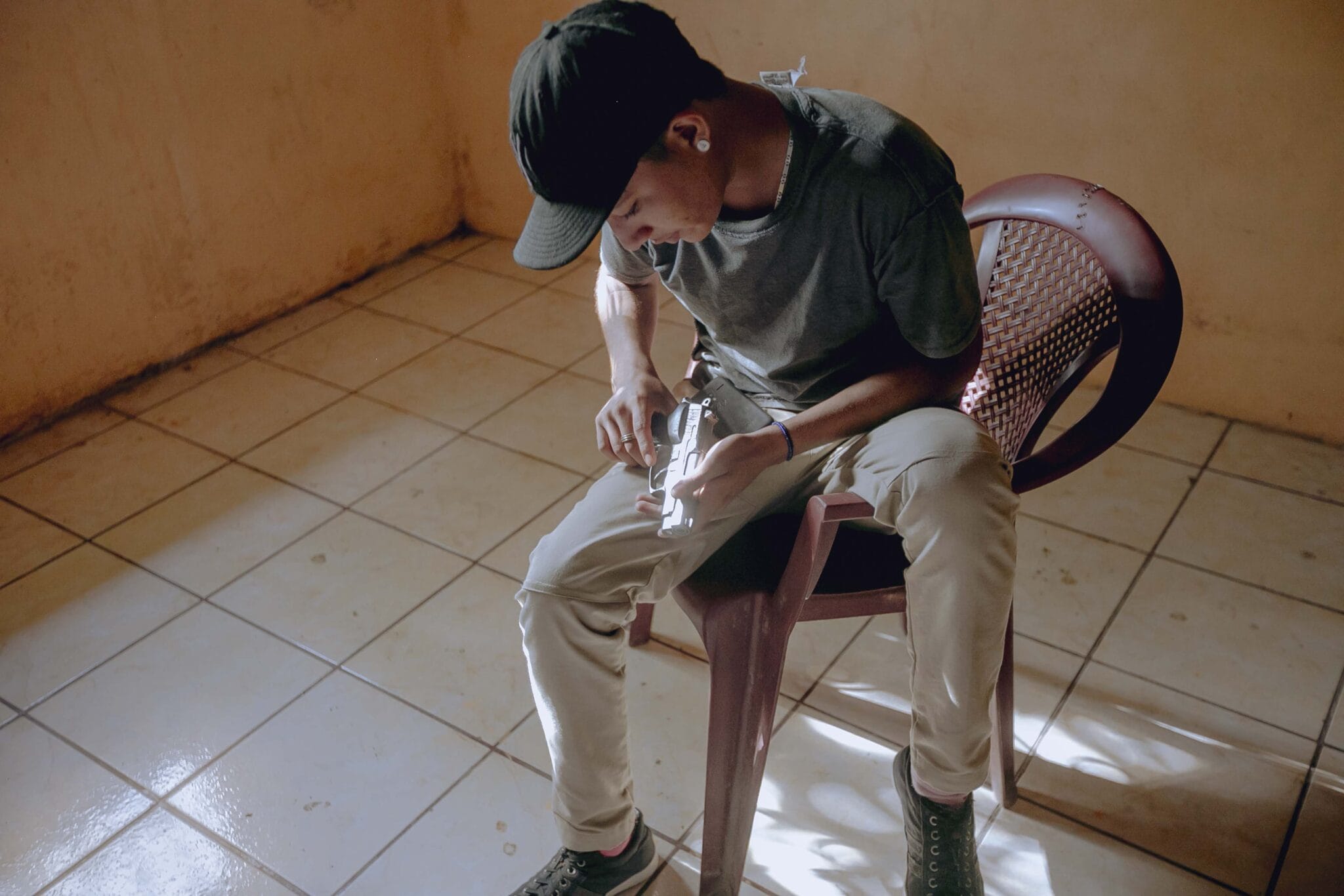
That absurd thing that is violence
The first photo that Salvadoran Fred Ramos took in his life was of his father, Domingo. He gave him a photography tip that he still remembers: “When you shoot, don’t breathe.” He studied graphic design and worked for a while in the advertising world. In 2011, when his father was murdered, his focus changed. He needed to understand.
He learned that the killer was a 13-year-old boy. Later, when he started photojournalism, he met a 15-year-old boy who was a gang member. Spending time with him helped him understand his dad murderer. “His life was already doomed from a very young age,” he says. He had a hard time feeling a grudge for the murderer.
“Violence is an absurd thing that has no explanation,” he says, from one of the most violent countries in the world. He worked for seven years at the digital newspaper El Faro. Later, he collaborated from Mexico with various media, such as Washington Post, El País, Bloomberg and TIME. He won the World Press Photo in 2014, the Poylatam in 2015. He was one of the winners of the PH Museum in 2020.
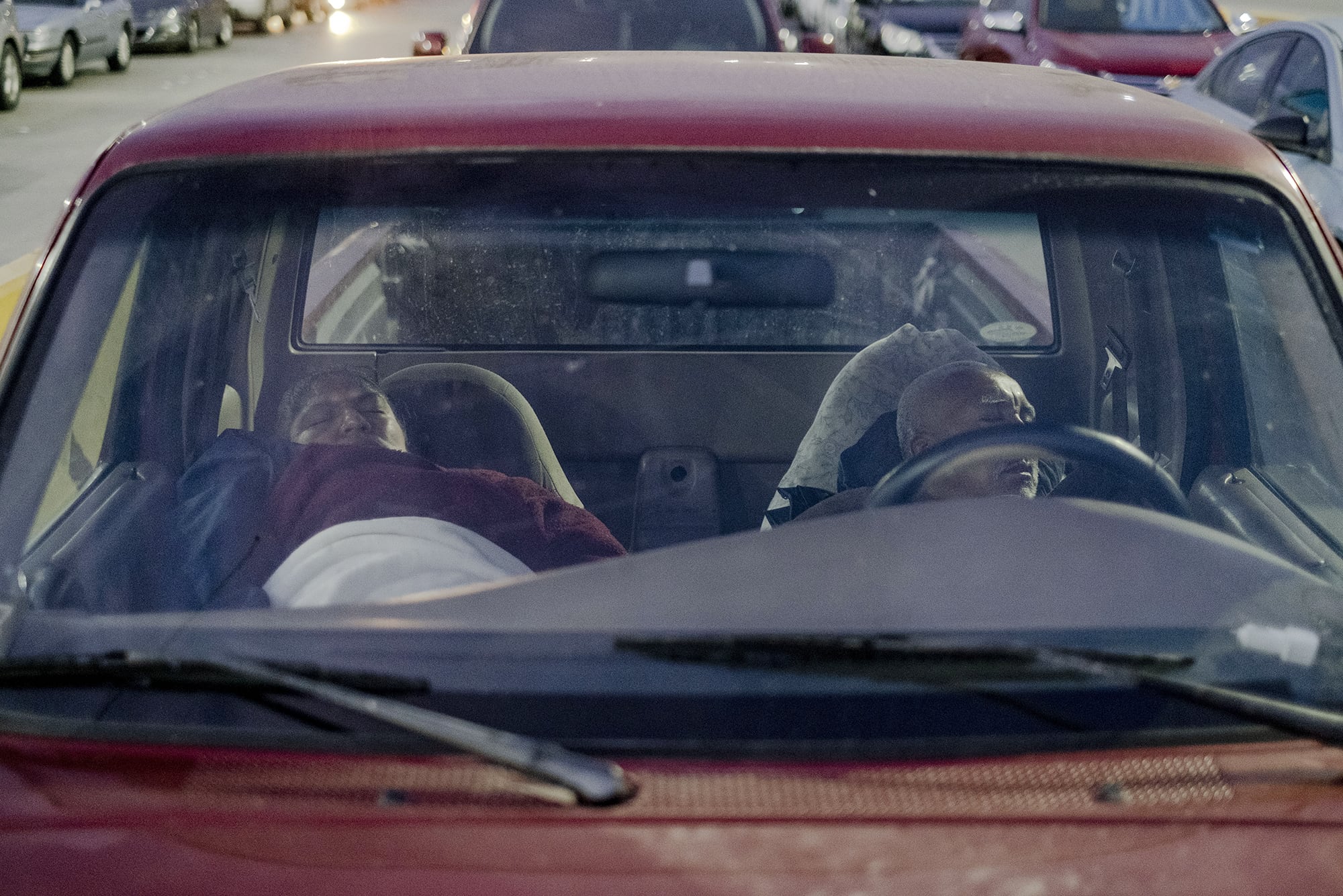
A police officer watches over the Guatemalan Parliament during a protest against government corruption in Guatemala City, September 2017. Fred Ramos
You studied graphic design and then you got to photography. How was that landing?
Photography has always been present in my life. In 2011 my dad was murdered and that was devastating. I wanted to understand the environment, the situation that surrounded me. It made me focus the camera on other realities. El Salvador is a very violent country.
Then I came to Mexico to study photography: lighting, portraiture, project development. Then I returned to El Salvador, and presented a couple of ideas to the newspaper El Faro. Honestly, at the time my technique was fatal; they sent me to a protest and I came back with overexposed photographs, I couldn’t get close to people at all, I was very shy. But graphic design helped me conceptualize.
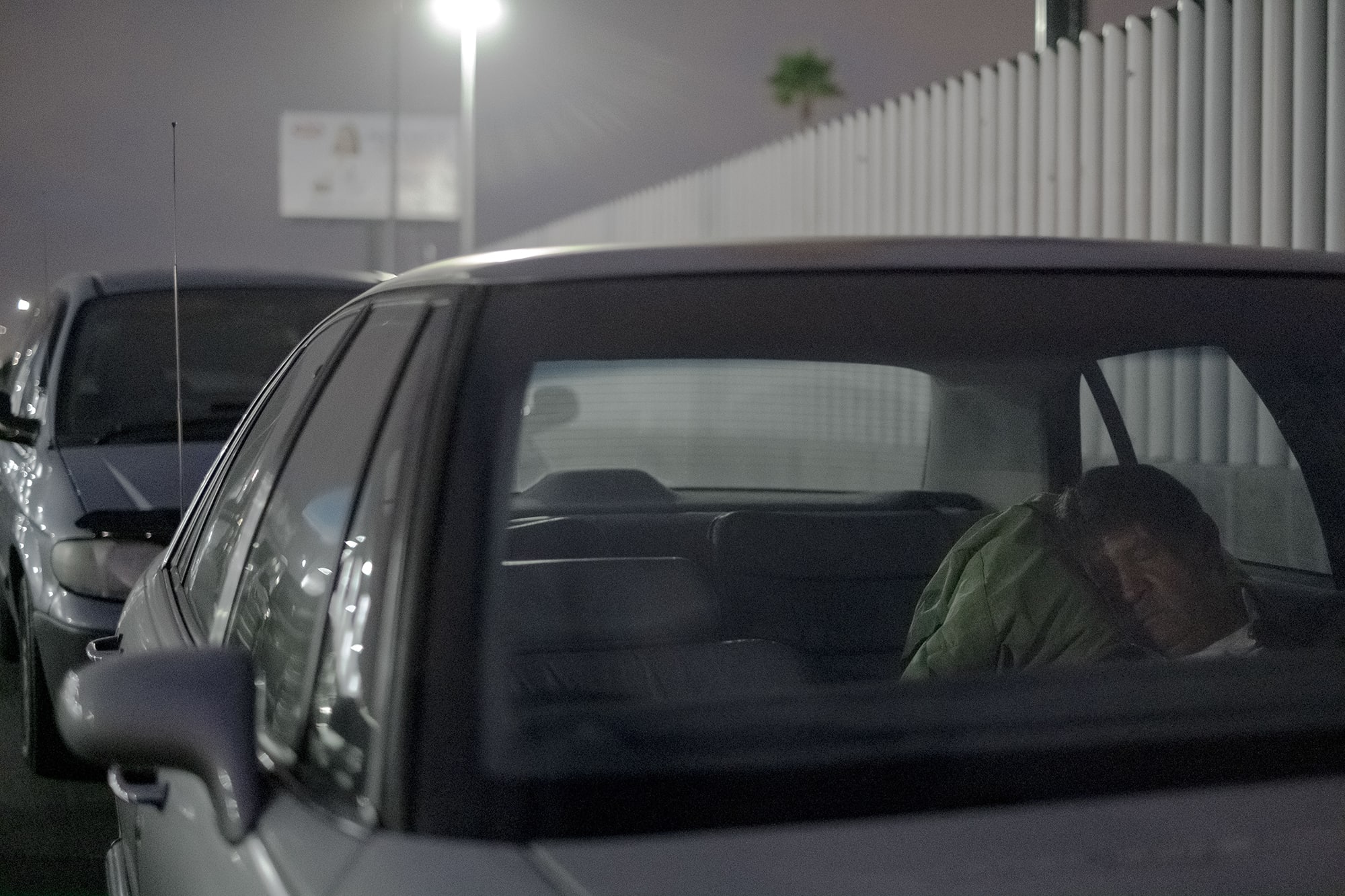
A Honduran boy plays near the train lines in Arriaga, Chiapas, southern Mexico, October 2018. Fred Ramos.
Could you understand what happened to your dad?
I still don’t have a clear answer. Violence is an absurd thing that has no explanation. Instead of answers I have more questions. Investigating I learned details: it was a teenager who murdered him, a 13-year-old boy. I didn’t have grudge, it was something that I have not forgiven myself in many years. Not feeling a grudge against my dad’s murderer was something I couldn’t explain, it was a very big short-circuit. I felt like betraying his memory.
When I started doing photojournalism, I met a 15-year-old boy who was a gang member, a very similar age to that of my father’s murderer. I visited him constantly. That helped me understand my dad’s perpetrator. I realized that he was also a victim. I was trying to see the figure of the boy who killed my dad through Rudi. I felt more and more sorry for him because his life was already condemned from a very young age to become a criminal, he had no other choice. The State was never there for him. The school, which was 200 meters from his house, never came looking for him to study. The gang saw him as a candidate and recruited him.
He tried to leave the gang but the police were already looking for him. And not to put him in jail, but to kill him. Many murders happen like this. He was also in trouble with his gang, he was running away from both sides. One night a police patrol arrived, they took him and his two brothers out and shot all three of them.
Violence is a complex thing. The line between becoming a victim or a victimizer is very thin.
El Faraón, a member of gang 18, after being shot by another gang member. He died eight hours later in a hospital. La Paz, El Salvador, September 2014. Fred Ramos
The wall in Tijuana, Mexico, May 2020. Fred Ramos.
In your work The last outfit of the missing one can see many Rudis
Daniel Valencia, a colleague from the newspaper, was working on the issue of the disappeared people. We went together to document what anthropologists did in exhumations. I understood that the outfits were very important, they represented the possibility of finding a family.
In El Salvador there is no policy for the disappeared: there are no DNA banks or any search policy, it is all very precarious. If a mother looks for her son, the first thing she does is go to the anthropology department and they show her pictures of some outfits. From there they try to have recognition. And if they have it, the DNA process begins.
Usually, of the disappeared you see numbers or the photo of the mother with the photo. It seemed like a very human way to tell a story and also to show these outfits and possibly have someone recognize it.
You also work on the issue of migration in the work The dark triangle.
For six years I have been traveling through Central America. I’m interested in what motivates people to migrate. The current crisis in Ciudad Juárez is a product of desperation. The pandemic is affecting thousands and thousands of families. El Salvador spent almost three months closed in an economy where people live day by day, where what you work now is what you eat tomorrow. Many people could not, the only solution that a Central American sees is to migrate.
In turn, 2020 was a historic year for hurricanes, in Guatemala and Honduras. The people were literally living in the mud. If you combine pandemic and hurricanes, it is the perfect storm to want to flee your country.
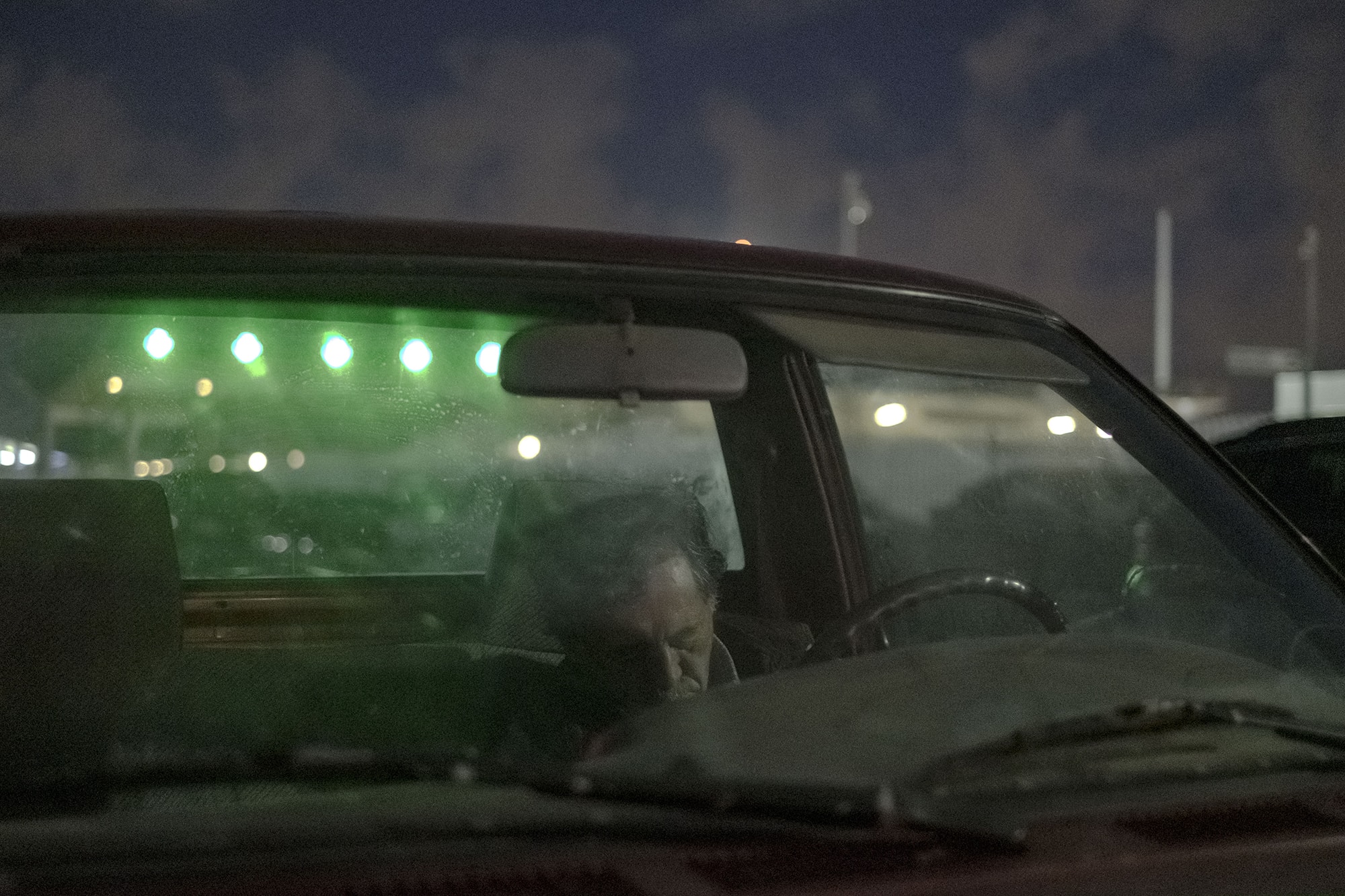
Demonstrators make gasoline bombs during protests against the reelection of President Juan Orlando Hernández in Tegucigalpa, Honduras, December 2017. Fred Ramos
You also work on that in Step at the border, how was that search?
When the pandemic arrived, I was desperate, like everyone else. The borders were partially closed, not completely. That meant that social workers who lived in Tijuana but worked in San Diego had to go to sleep there, it was the only way to get to work on time. The lines became very long. They are people with binational lives, who have resident papers in the US but Mexican life is cheaper. It seemed like a good way to portray essential workers in an intimate way.
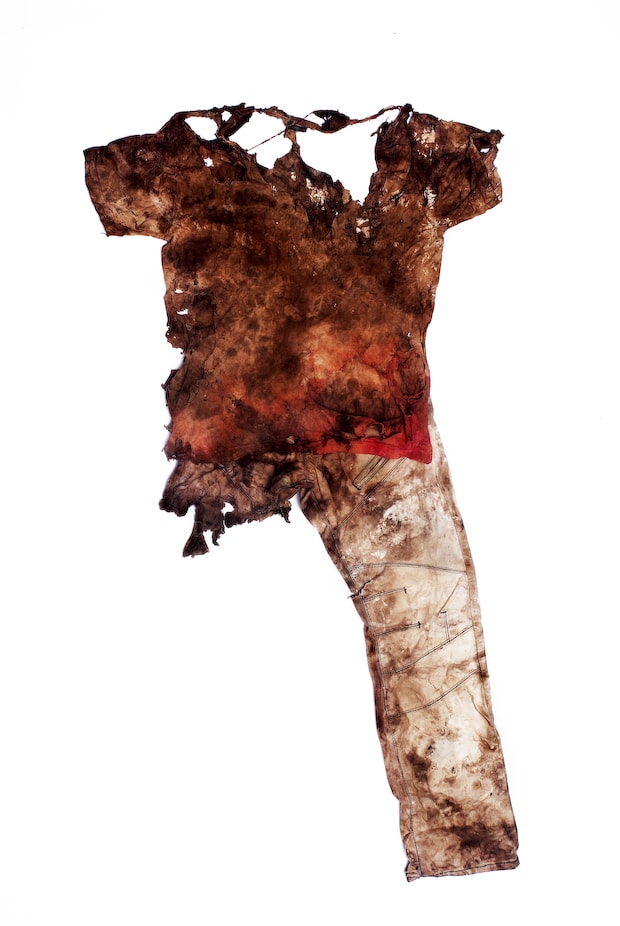
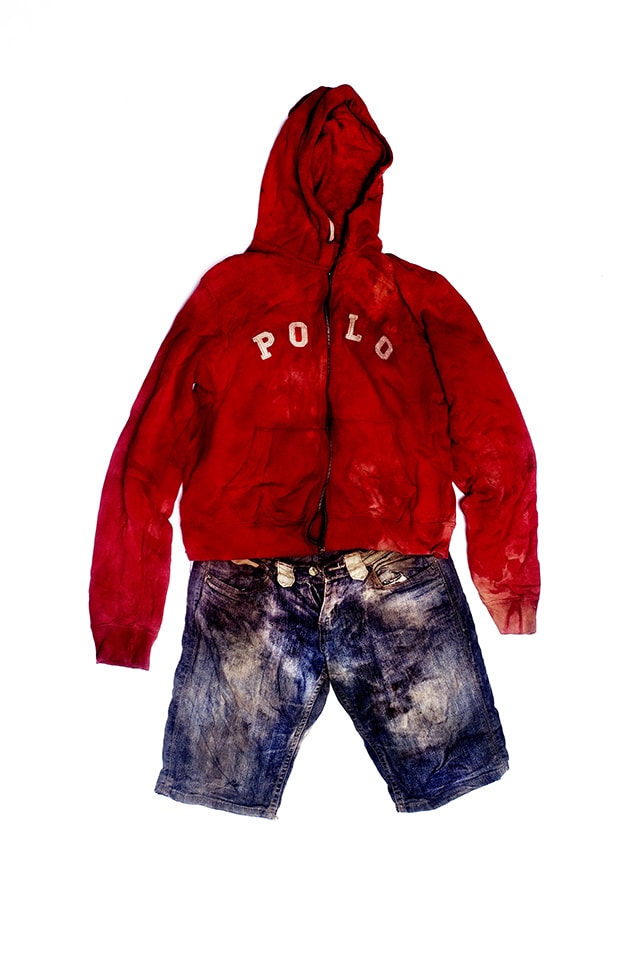
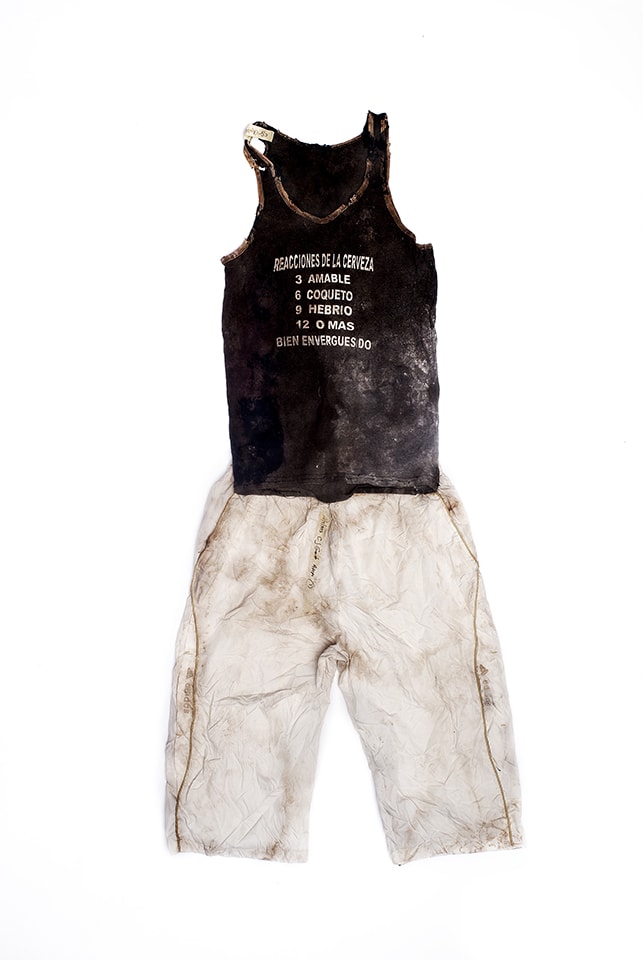
There is a photograph of a woman with a necklace: a Ché Guevara, a bullet, a gun and some other things, what does she represent?
Salvadoran politics has taken a very big turn, the old bipartisanship is cracking with a sector of the left and another of the right that made alliances with other smaller parties. In recent years there has been a phenomenon of desperation to see that things are not solved. People began to support President Nayib Bukele.
This woman with the necklace was a commander of the FMLN guerrilla (Frente Farabundo Martí para la Liberación Nacional). I find it very interesting to document this old left that struggles not to disappear while the Bukele phenomenon grows. You could say that I tried to portray the political party through her. You go to the meetings and you see pure old men singing “the people, united, will never be defeated.” It is something that, coming from a family that was a combatant, makes me very sad.